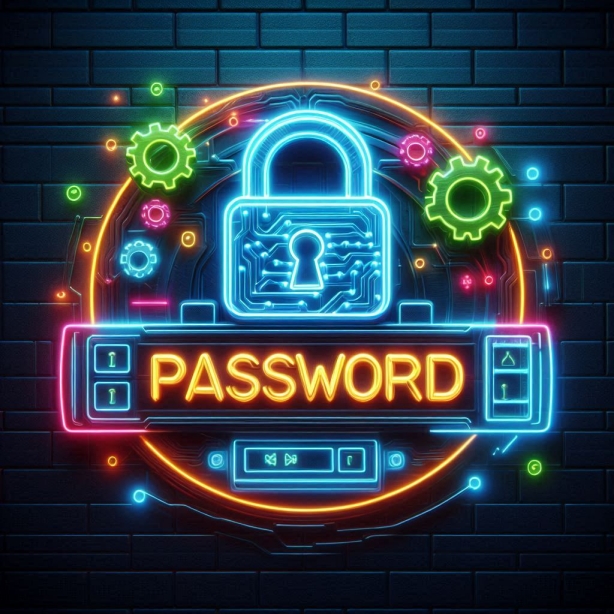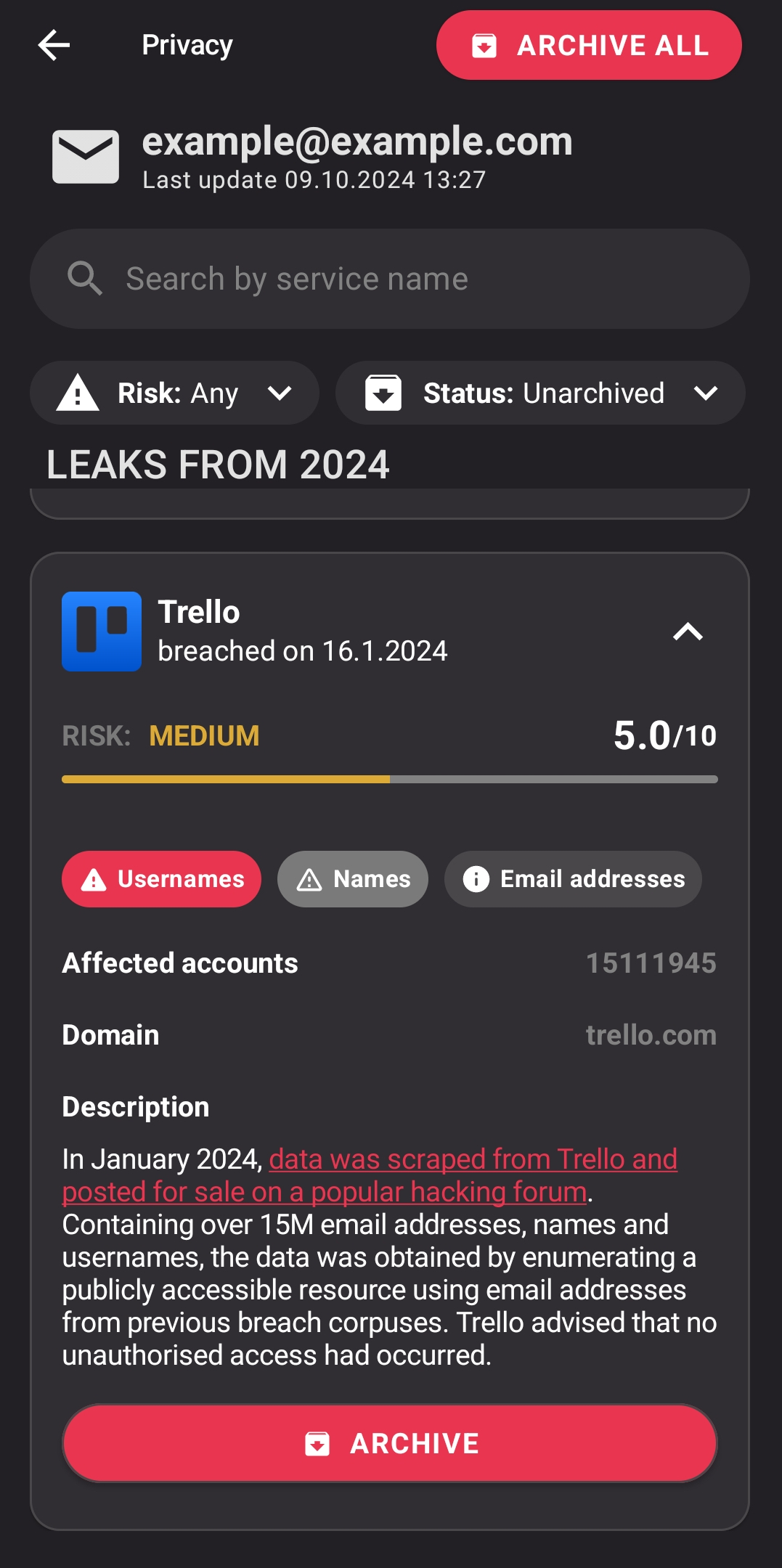Latest Password Recommendation
Creating a strong and secure password in 2024 involves following the latest cybersecurity guidelines that focus on length, uniqueness, and practical strategies to defend against modern hacking techniques.

Here's a step-by-step guide with 8 simple points on how to stay safe with a well-chosen password:
1. Prioritize Length
- Minimum of 12-16 characters: The longer the password, the better. While complexity helps, password length is more critical to resist brute force attacks.
- For especially sensitive accounts (e.g., financial services), aim for 20+ characters.
2. Create a Passphrase
Instead of a complex but short password, create a passphrase—a random combination of unrelated words. This makes your password long but memorable.
Example:
OceanYellow$Tiger!TreeSandwich22BlueDolphin#RunLemonSun8
A good passphrase is:
- Unpredictable: Avoid famous quotes, phrases or information related to your person.
- Unique: Don't use phrases from books, movies, or song lyrics.
- Includes symbols, numbers, and upper/lowercase: This further strengthens the passphrase.
3. Use a Password Manager to Generate and Store Passwords
Password managers can automatically create extremely strong and random passwords that would be difficult to remember otherwise. Examples of trusted managers include LastPass , Bitwarden , 1Password and NordPass .
- Passwords generated by these tools are often long (20+ characters) and include a mix of letters, numbers, and special characters, making them impossible to guess.
Example:
aX9$*D1k#sWfGh2%M4PqTz&
Read more about password managers in our article .
4. Avoid Common Password Pitfalls
- Don’t use repeated characters (e.g.,
aaaaor1111). - Avoid keyboard patterns (e.g.,
qwerty,asdf1234). - Don’t include personal information such as your name, birthdate, or address, as this can be easily guessed or found through social engineering.
5. Incorporate Special Characters, Numbers, and Case Variations
Even if you use a passphrase, it is advisable to include at least one character from these groups of symbols:
- Uppercase and lowercase letters.
- Numbers (e.g., 0-9).
- Special characters (e.g.,
@,#,$,%,!,&).
Example:
Tree$Blue#Mountain8@!Sunset22
6. Unique Password for Every Account
Each online account should have its own unique password. This is critical to prevent attackers from using a password breach on one account to access others. If one password is compromised, your other accounts remain secure.
7. Use Two-Factor Authentication (2FA)
Always enable 2FA on important accounts (e.g., email, banking, social media). Even the strongest password can be vulnerable, but adding a second factor (like a code from an app or a physical token) makes it much harder for attackers to access your account.
- Authenticator apps (e.g., Google Authenticator, Authy) are more secure than SMS-based codes.
- Hardware tokens (e.g., YubiKey) provide the highest level of protection for critical accounts.
Read more about 2FA in our article .
8. Regularly Monitor for Breaches
You are safe with us!
Our Redamp.io service offers automatic monitoring of leaked passwords. Just have an account in our platform and we will inform you if your email is in one of the leaked password databases.
